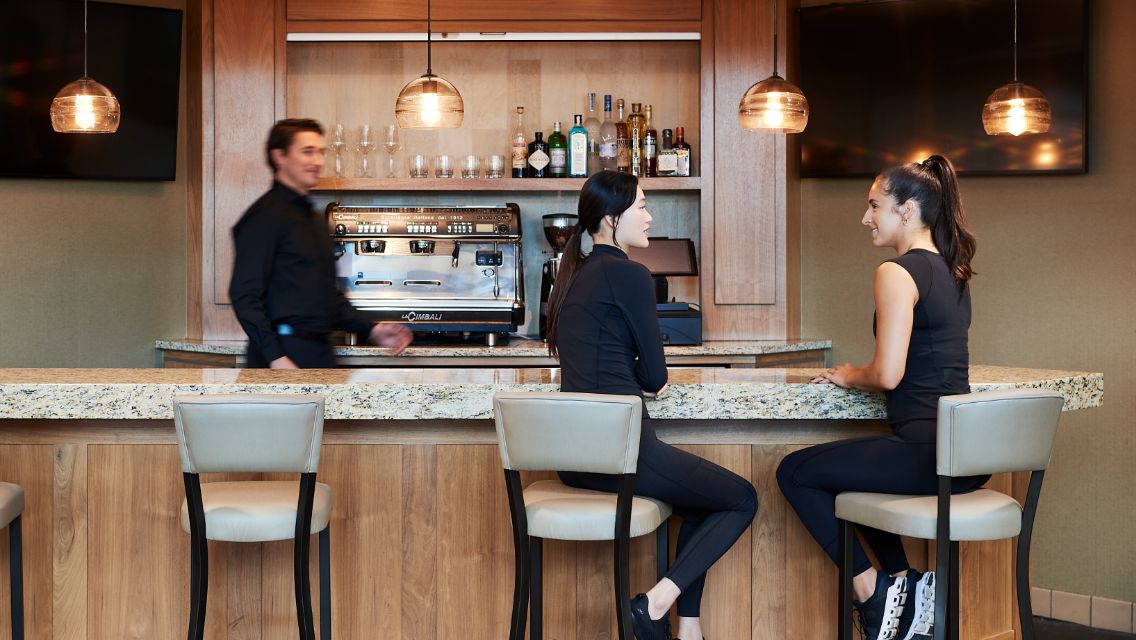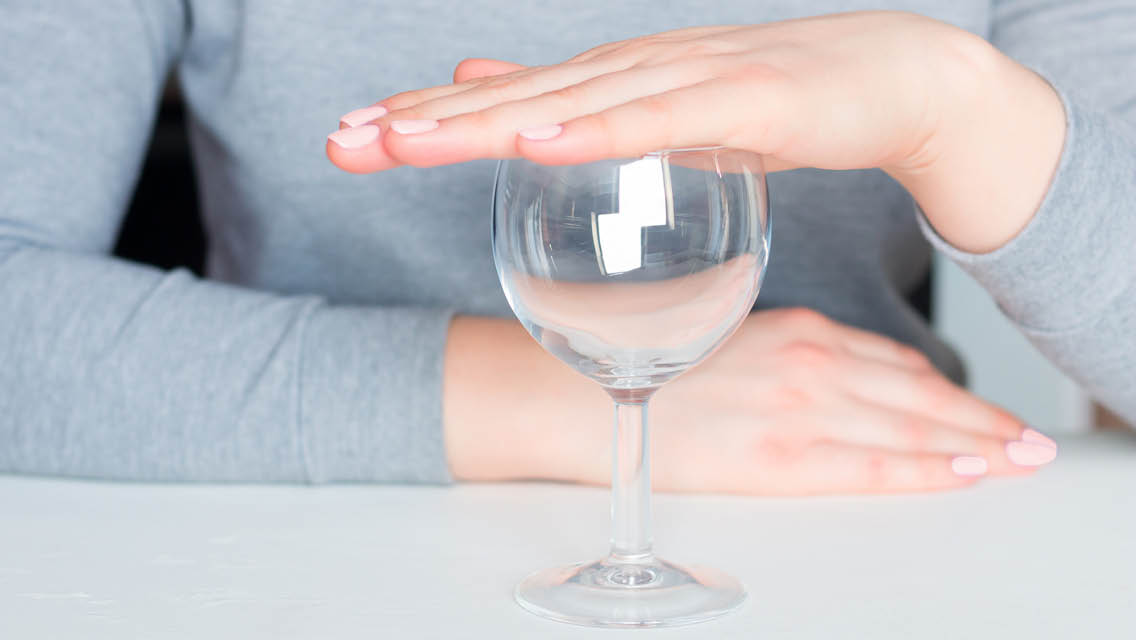With every turn of the calendar year, a portion of the population hits pause on their alcohol consumption — perhaps after imbibing more than usual over the holidays — in what’s commonly known as “dry January.” Surveys show that 35 percent of legal-age adults in the United States sustained from alcohol for the entire month in 2022, up from 21 percent in 2019.
But this inclination is no longer just bound to the timing of the New Year — the sober-curious movement is one that’s only growing in popularity. Choosing to reduce or take a break from alcohol consumption, whenever that might be, can be beneficial for your health.
“Alcohol is a toxin that our body has to metabolize, chemically convert, and excrete,” explains Paul Kriegler, RD, CPT, director of nutritional products at Life Time. “This is a process that disrupts our normal metabolism, sleep, and increases certain nutrient requirements. It can also negatively impact your mood, concentration, and general mental wellness. Cutting back on alcohol is sure to help most people feel and function better, even if they don’t go totally dry.”
If you’re looking to scale back your alcohol intake, Kriegler suggests following these steps.
1. Reflect on how your current alcohol consumption aligns with who you are. Does alcohol help or hinder you from being the person who you want to be? Does it make your life better or more challenging?
2. Define what “cutting back” means to you. No matter how you outline it, make sure your goal is measurable, reasonable, and achievable.
3. Frame it as an experiment. Rather than letting this feel like a high-pressure commitment, consider thinking of it like this, for example: “I wonder what will happen if I don’t drink alcohol for one month?”
4. Recruit support. Finding someone to do this with you or who can help cheer you on along the way can help you stay disciplined.
Often one of the biggest barriers to cutting back on consumption is how intertwined alcohol and socialization can be. Kriegler also offers these tips for not letting your intent to abstain prevent you from enjoying time with others:
- Offer to be the sober cab when you and your group goes out.
- Instead of suggesting “drinks,” invite friends to do something active together, such as a taking a yoga or cycle class, or playing pickleball.
- Explore non-alcoholic beverages. There are a wide variety of non-alcoholic beers, liquor alternatives, and mocktails on the market (and often on restaurant and bar menus) that can give you a way to still feel like you’re participating.
- Limit alcohol to just one or two specific days or evenings per week where you plan to responsibly enjoy only one or two drinks.
For more resources, check out:





